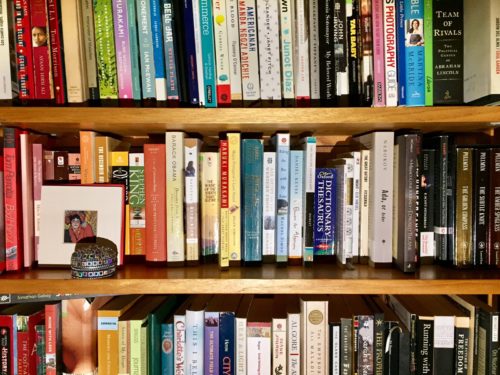Going to BEA is an exhilarating experience for any bookworm. The Jatvis Center floors are lined with huge booths, publishing houses are handing out advanced copies of books, people are networking and trying to make notable connections, and fans are lining up in hopes of getting to meet their favorite authors.

As an intern, my duties included handing out and marketing books to passersby, conducting authors’ signings, publicizing Beaufort and generally being available to make sure the booth was running smoothly. Meeting the authors was undoubtedly one of my favorite aspects. They were all incredibly kind and enthusiastic about getting their books out there. I quickly learned that that authors are just as excited to meet their fans as the fans are to meet them.

During my “off hours”, I was set loose to freely run around the convention center. I spent this time trying to snag as many free books as I could, and stuffing them into the tote bags that were readily made available to us. I tried to talk to as many people as I could and get insight into the industry. Book people tend to be more introverted, so I was pleasantly surprised by how amiable and talkative everyone was. I was also able to meet and speak with a variety of authors, most notably Gaby Dunn and Allison Raskin, two of my favorite YouTubers. Seeing them in person nearly brought me to tears, and I left our interaction shaking as I clutched my signed copy of their upcoming book.

Allison Raskin and Gaby Dunn, just moments before I hyperventilated in front of them.
At the end of the first day, I walked back to my apartment with sore feet and a tired back from lugging a tote bag full of books around all day, and already eager to get back the next morning. I couldn’t have asked for a more exciting beginning to my internship at Beaufort, and I can only hope that this won’t be my last BEA. It was a book lover’s dream.
Until next time,
J.K. Beauling

Me, being a little too excited for BEA.















